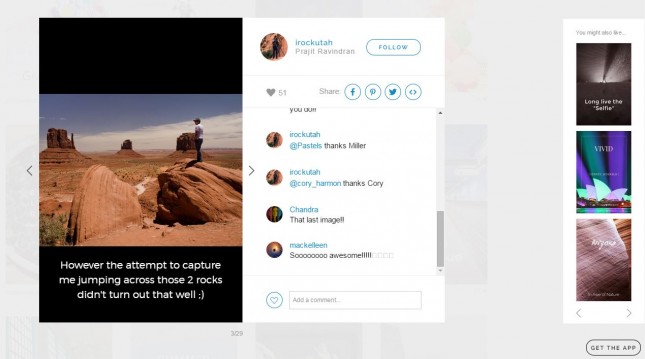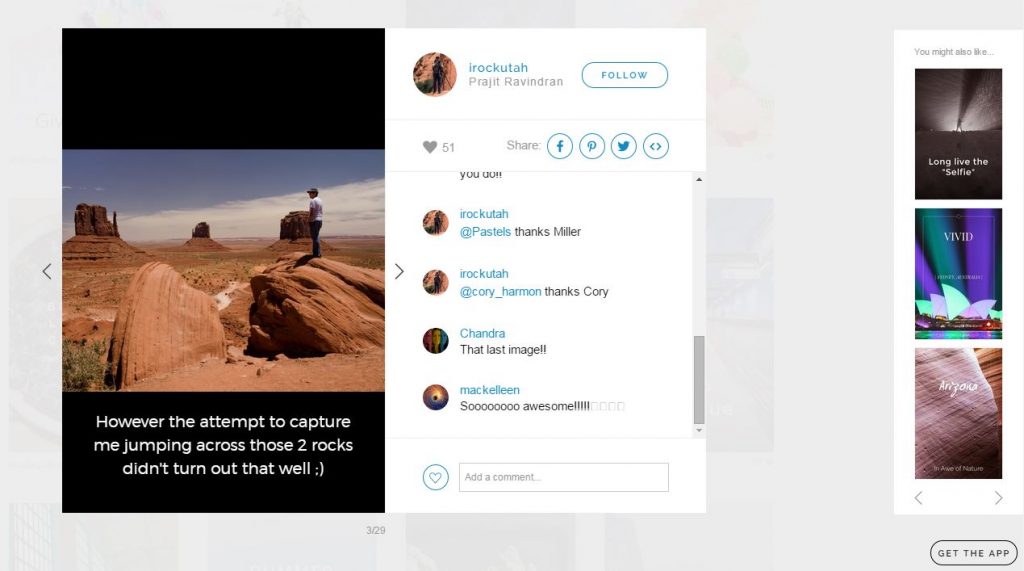Few people can claim to have prose the caliber of Shakespeare’s. But you don’t have to be the Bard to be successful at crafting copy for your brand. In fact, one of the best pieces of advice for today’s digital platforms comes from “The Elements of Style,” a book co-authored by William Strunk and E.B. White. There, students of consonants and syllables will find a rather bold directive: Omit needless words. See point No. 13 here for more information. We’ll examine advice for good (and tight) writing that can elevate content marketing to a new level. If you haven’t yet pulled out your reporter’s notebook, now would be the time.
Emphasize quality over quantity
Tight writing has become important on the web as audiences seek more information more rapidly. In addition to providing news in short bursts, good writing for content also aggregates and weaves concepts together. That’s why micro-blogging and micro-posts are entering the mainstream, explains freelance writer Dane O’Leary in a recent post. These concepts aren’t new, and plenty would say legacy social media platforms reflect this type of writing and content-sharing. Yet the newness comes in services within Twitter, for example, that pull multiple photos together into a single piece of content for fast and comprehensive digestion. O’Leary points to platforms such as Steller that gather content from existing social platforms and channel it into beautifully navigable photo books. Check out this piece from user irockutah as an example. 
Time yourself
Remember how we said you don’t have to be like Shakespeare? You don’t have to be like any of these famous authors who stuck to their characters like glue either. In the mobile world, rapid content creation, delivery, and generation of the next idea is crucial. That’s why it might not be a bad idea to try some of the techniques frequently used in fiction writing to help you become a tighter writer. For example, writer Sage Cohen notes that if you’re avoiding a particular writing assignment, it’s OK to embrace the pain and push ahead. “This gives you a way of transforming the moment into something useful, and sourcing some of the grit of life for your writing,” she notes. It might also help you connect with your brand audience in a new way. You can even add a small notebook to your pocket and write down ideas in between assignments or at the grocery store to move the creative process forward, Cohen adds. Meanwhile, British collaborative learning platform FutureLearn.com encouraged members to try their hand at writing Twitter fiction this May. Among its recommendations to newbies: Set deadlines for your text assignments, and aim for task completion rather than perfection. Lastly, be sure to read writer Mark W. Guay’s exercise for channeling Jack Kerouac. Suffice to say you’ll find it might just unlock and connect some great ideas you’ll been carting around in your gray matter.
Use mainstream expressions
Confusion has no place in content marketing, which is why it pays to think mainstream, writes Kelly Jo Horton on the Marketing Action Blog. “Social media and text messaging have created their own languages, which I like to refer to as ‘that-annoying-way-my-teenager-types,’” Horton writes. “Unless your target audience is in the 13-18 demographic, skip the net lingo and stick to complete words and sentences.” There are exceptions, of course. In particular, Horton advises using well-known abbreviations in hashtags such as ICYMI where appropriate. Also review this post about script writing on a budget from TheStoryDepartment.com. Recommendations from writer Karel Segers include embracing storylines to which any audience can quickly relate. In other words, don’t bury your content beneath an ocean of backstory. Stick to the key elements that tell your audience what your brand does and why it matters now.
Embrace boring where necessary
The world of web design is another place where content writers can find inspiration — particularly endlessly creative types. The fact is, well-written copy isn’t always exciting because it inspires flowering visions of grandeur; rather, it gets to the point. In a post for WebDesignLedger.com, writer Jake Rocheleau explains how even website buttons and short descriptive text can be powerful forces for good. 
Upsell with visuals
Our last point should come as no surprise: Pithy and engaging text content must be supported by outstanding visuals. Images with captions and infographics with data points are just a few examples of microcontent that melds both art forms. Remember that the # and @ symbols are a visualization of utility. Use them to extend your reach on social media and bring as many people as possible to your content. Rocket science has no place in content creation unless your brand serves rocket scientists. Yet done correctly, copywriting is a discipline in its own right, and those who practice faithfully will be rewarded with an audience that keeps returning for more. Nate Birt is a multimedia journalist, social media enthusiast and copy editor with experience at a variety of print and digital publications, and a Certified Journalist at the Visually Marketplace. Follow him on Twitter at @natebirt.




![What is Content Scoring? [+ Tools to Rate the Effectiveness of your Content]](https://rockcontent.com/wp-content/uploads/2021/09/content-scoring-tools-300x158.png)


